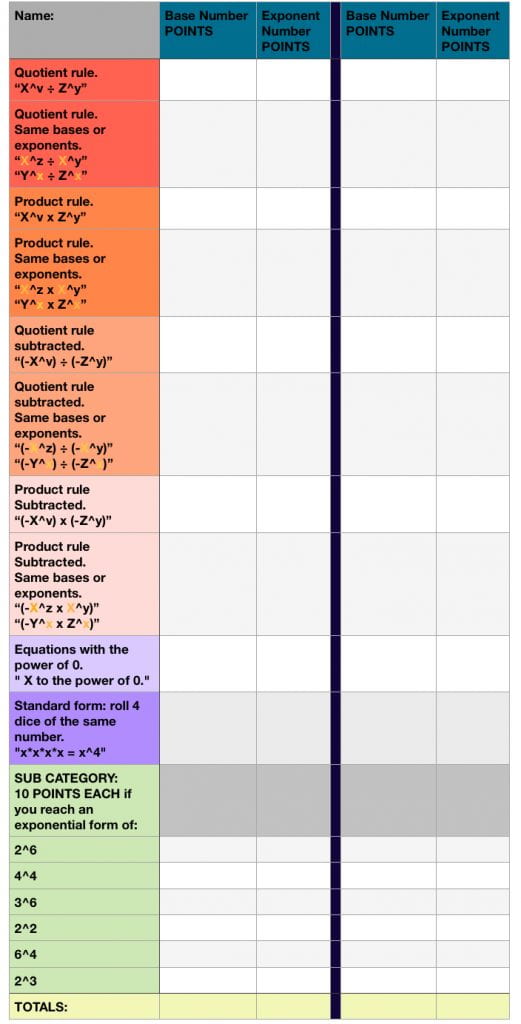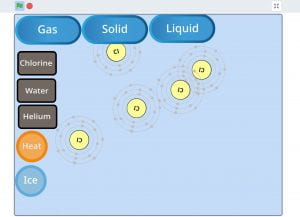The tectonic plate project
Did you know that sense the inner core of the earth is so hot the scientists can’t dig deep enough to examine whats down there so they guess on evidence that can only be explained by how the world has changed Instead. A part of the evidence is that they found fossils in two different places on earth and judging by the bones the animal could not move across water as far as the two places the bones were found, so they deduce that that all the contents must have been all together at one point and they called the land Pangea. This project was mostly about tectonic plates, the layers of the earth and what the movement of tectonic plates can do to the earths crust. After we learn about that way got to make a game about tectonic plates in a group of two. this was the game that we made. 
It might not look the best but it was fun to make. In this picture you can see the “board” with the volcano in the middle,The cards, the tokens and the little volcano pieces that you moved around the board. The tiny volcanos were a submarine volcano, lava dome volcano, shield volcano and cinder cone volcano (my favourite part of the project was making these!). This game was variation of http ://www.blog44.ca/danap/ and http://www.blog44.ca/coled/ Game turned into a board game. These are the game rules and how to play!
The No Name Volcano Game
Goal of the Game
The goal of the game is to gain the most degree points . You start on the start corner with 5 cards in your hand and you can play those cards anytime on your turn. You roll the die to move on the board after your turn is done you must draw a card from the card pile, making sure that you always have 5 cards in your hand. You also have to draw a degree token at the end of your turn, this token can either make you loose degrees, or make you gain degrees. You must only have 5 cards in your hand if your caught with more then you have to subtract 2 of your degrees points. The game ends when the eruption card is drawn. The person who draws this card can either win the whole game, or lose and are out of the game. If you have 50 degrees or more when you draw this card, you win because the card takes away 50 of your degree points. The game can also end if everyone but one player has negative or no points.
Setup: If you are dealt the eruption card (which will be explained later) during setup, just put it back in the deck and shuffle well
Taking a turn: On your turn, roll the die to see how far you move, do what the square you landed on tells you what to do and then you play one of the cards in your hand (as shown in the setup, you have 5 cards in your hand to start with). After you play your card, you pick up a token to either add or subtract degrees points to your already existing 10 points that you started with. Also, after you play your card, you pick up a card from the draw pile, making sure you have 5 cards in your hand at all times. Below are the different cards and what they do:
1. Eruption card – if you draw this card, your volcano erupts and unless you have more then 50 degrees (because this card takes away 50 degrees), you lose.
2. Tsunami card – If you draw this card you lose 2 heat.
3. Earthquake card- if you draw an earthquake card, you take 2 degrees and give a tsunami to a different player and have them lose 5 degrees.
4. Different types of volcanoes (your playing piece) – Lava dome Volcano, submarine volcanos, cinder cone volcano, shield volcano.
5. Degrees tokens – players gains degrees on every turn by drawing a degree token and adding it to their existing 5 degrees that they started with in the beginning of the game. When you get a token, add or subtract it says from your points. You are able to have a negative number of degrees.
6. Slab pull card – if you draw this card, your volcano is pulled apart and you go back to 20 degrees, you can’t do anything until you draw the ridge push card. You can also play a slab pull card with the ridge push card together and then you collect degree.
7. Ridge push card – if your volcano has been pulled apart, this card with push it back together, you gain 5 degrees and you can continue to play.
8. Tectonic plate card – If you draw this card you give it another player and then that player has to roll the dice. If the number is 1, 3 or 5 then they loose that number of degrees. If its lands on 2, 4 or 6 then you loose that number of degrees.
9. Convection current card – if you draw this card, the tectonic plate that your on shifts and your volcano erupts, gaining you 5 degrees.
10. Hot spots card – if you draw this card, a hot spot develops under your volcano and your volcano erupts, lose 2 degrees.
11. Safe card— this safe card is used to just basically make you safe for a round.
Board meaning
- Slab pull. if you land on this your volcano gets pulled apart and you can’t play anything or move until you get and play a ridge push
- Pick up 3. When you land on this square you pick up three cards from the deck pick one that you want and shuffle the other 2 cards it to the deck
- Tectonic plate. If you land on this then you pick one other player and they roll the dice. If the number is 1, 3 or 5 then they loose that number of degrees. If its lands on 2, 4 or 6 then you loose that number of degrees
- Bonuses. If you land on this you roll the dice and what ever number it lands on you get that many degree points
Keeping score: For this game, one of the players will have to keep track of how many degree points each player gains and loses. They will do this by starting off each player with 20 degree points. From here, the score keeper adds and subtracts however many degree points each player gains or loses during their turn
How to win (or lose): If you draw the eruption card, you must play it immediately (if you are dealt it in your beginning hand, put it back in the deck and draw another card). This card takes away 50 degree points. If have 50 degree points or more then you win! BUT if you don’t have 50, then you lose and are out of the game (put your cards and the eruption card back in the deck and shuffle well).
We also included the probabilities of drawing specific cards or rolling a specific number on the dice.
Probability’s:
Drawing a tectonic plate card and rolling a 5 = 8.333% chance (4/48=1/12 )
How likely you are to get a +degree token = 50% chance (20/40 = 1/2)
Drawing a safe card = 5.56% chance of pulling this card (2/42 = 1/21)
We started to work on the game rules before we were supposed to so we had a lot of time to write and make changes to our first draft. When we were done the project and we got to go around and see what every one made it was really cool. One group made a trivia game and another used only dice. It was interesting to see how incorporated how how an eruption from a volcano can cause an earthquake and different parts of the earths layers. This was a long project but it was fun.
see you next time.
















